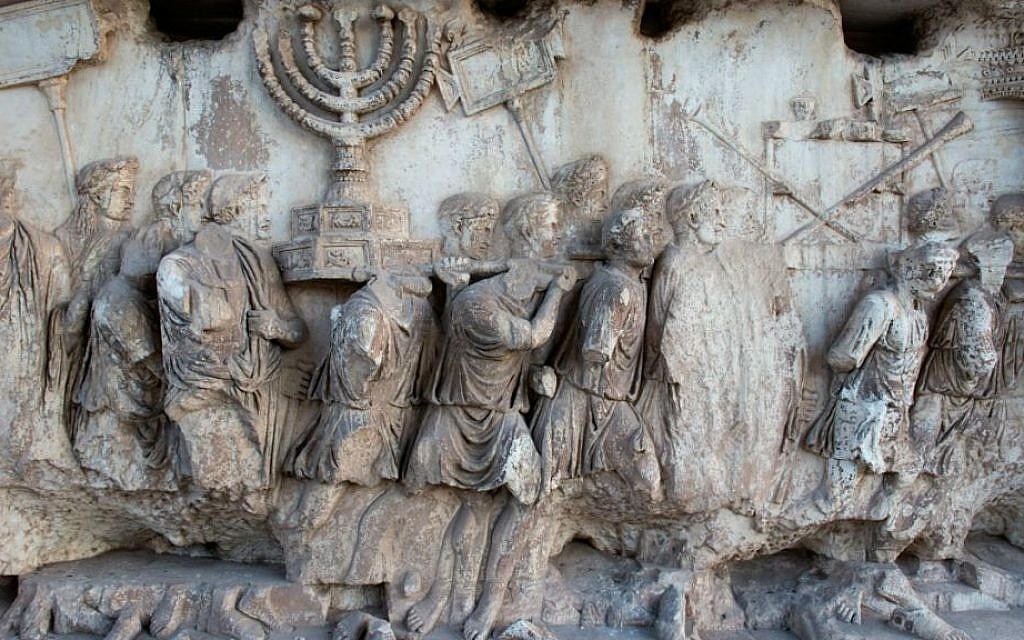
Revelation is a challenging word. A historically divisive book in Christian history, it was not initially included in the Biblical canon, not recognized as “orthodox” or consistent with gospel thought. It has led to division, fighting, violence, death, and polarization among believers. Usually, this was over the correct interpretation of the mysteriously metaphorical writing and the understandings of how to live it. Written in the 1st Century of the Common Era, Revelation is a pastoral letter of exhortation and metaphor addressed to the churches of Asia Minor (current Turkey). Christianity was a mostly urban faith, practiced in the cities. During this time in the Roman Empire, Asia Minor was a region in which the Imperial Cult (worshipping the Emperor as the lone god) was promoted. It was also a time in which Jewish-Christians (like John) were no longer given the privileges extended to the Jews in the Empire such as; the exemption from military service and from obeisance to the Roman religion.
We begin a seven week series on Revelation with this passage. Throughout we’ll be reading the text as a living text, written to a people in a time of challenge, uncertainty and distress. John writes to remind them of their identity. They are the children of God, claimed, redeemed and re-created both by Christ and with Christ. We won’t be reading it as prophecy that we seek to decrypt and deconstruct in order to foresee the future. Historically, most of the communities that focused that have come up short, interpreting wrongly. Think of Jim Jones. Harold Camping. Y2K. Rather we’ll read it eschatologically, looking for the intersections between the time in which Revelation was addressed to the Church in ancient Asia Minor 2,000 years ago and how the Spirit of God is speaking to us as part of the Church today here in Oakland in the year 2018.
Our section is the first part of a larger section which includes seven letters to seven churches in Asia Minor. It ends in 3:22. We hear the first word or letter, which invites those who claim to follow Jesus, to find their identity in his teaching and example, communion with him. The seven candelabra evokes the menorah in the temple of Jerusalem: a sign of belonging to the people of God. It’s the item pictured above in the scene of the Romans following their pillage of the ancient city in the year 70. John writes to the people, calling them to remember, to know who they are, not choosing the easy and non-confrontive road of accommodation, fitting in with the wider world, going with the flow. Rather John calls the church to prophetic resistance.
Questions for the practice of Examen & Contemplation
- What grabs your imagination in this passage?
- How do we live in a time in which the power of the world confronts the power of God?
- How are you (we) invited to accommodate to the culture of our world which leads to the renunciation of doing the works born of love of God? How might the Spirit of God be today inviting us to repent, and do the works of our transformative love in Christ?
Download a copy of the study sheet PDF we use in our Vocabulary of Faith conversation at @CAPCOAKLAND HERE.